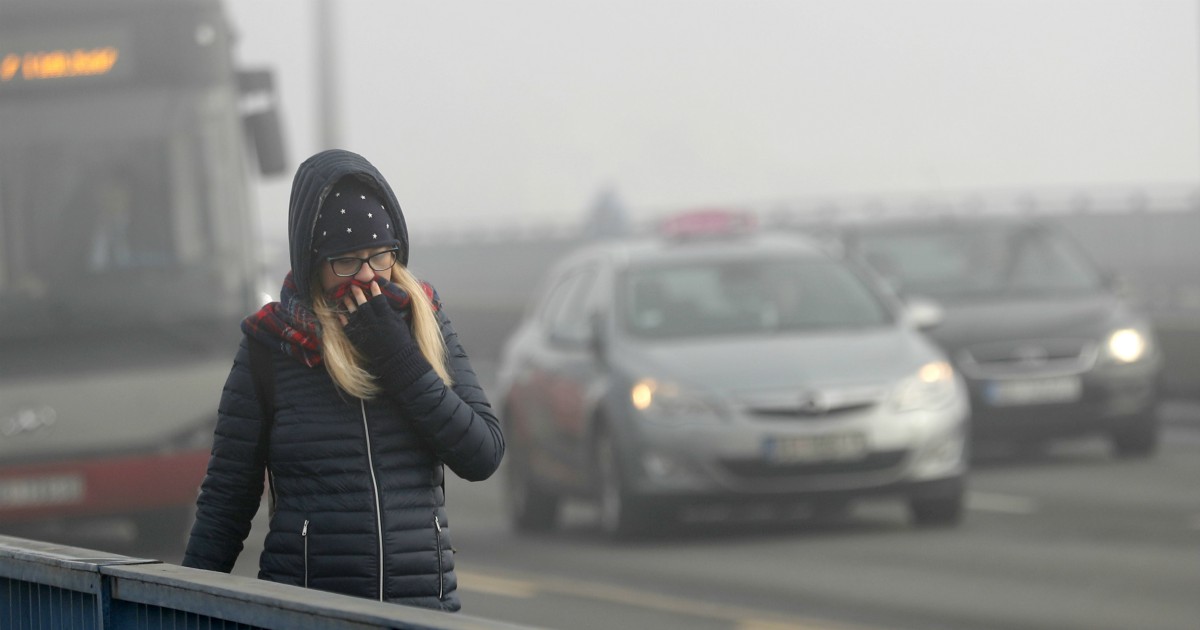There have been several studies over time that have hypothesized that in the most polluted areas the Covid was even more ferocious sensing a possible relationship with the severity of the disease with smog and fine dust. Also from Germani comes an analysis of data which shows how long-term exposure to air pollution before the pandemic is linked at a higher risk of developing severe Covid-19. The research was presented at Euroanaesthesia 2022, the annual congress of the European Society of Anesthesiology and Intensive Care (ESAIC) in Milan until Monday. Scientists found that “people living in territories with higher levels of polluting nitrogen dioxide (NO2) were more likely to need treatment in intensive therapy e you mechanical ventilation in case of infection by Sars-CoV-2 ″. Breathing too much nitrogen dioxide before the emergency made the body more vulnerable to the virus.
Suzanne Koch, from the Department of Anesthesiology and ICU, Charité-Universitätsmedizin in Berlin, Germany, explored the impact of long-term air pollution and the need for ICU treatment and mechanical ventilation of positive patients. “The team led by Koch monitored data on air pollution from 2010 to 2019, these numbers were used to calculate the long-term annual average nitrogen dioxide level for each county in Germany. This ranged from 4.6 µg / m³ to 32 µg / m³, with the highest level a Frankfurt and the lowest level in Suhl, a small county in Thuringia, ”the research reports.
